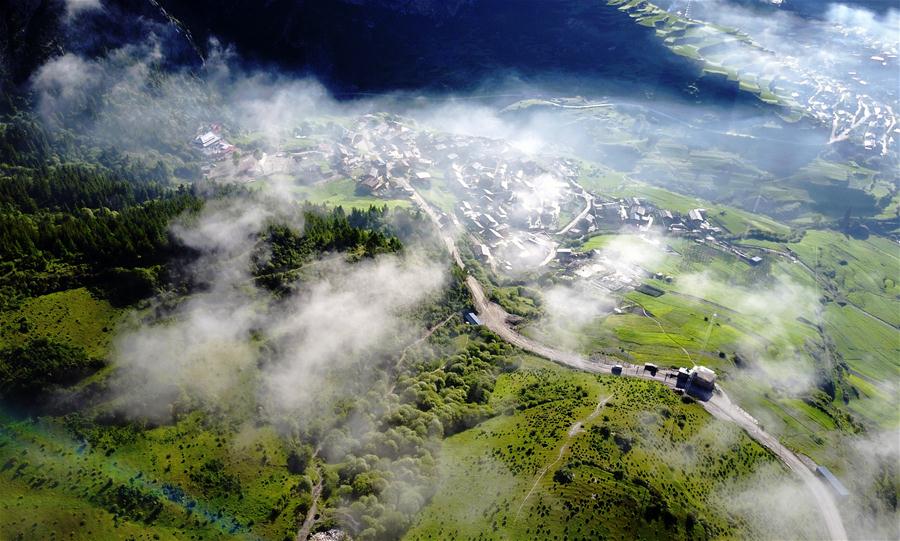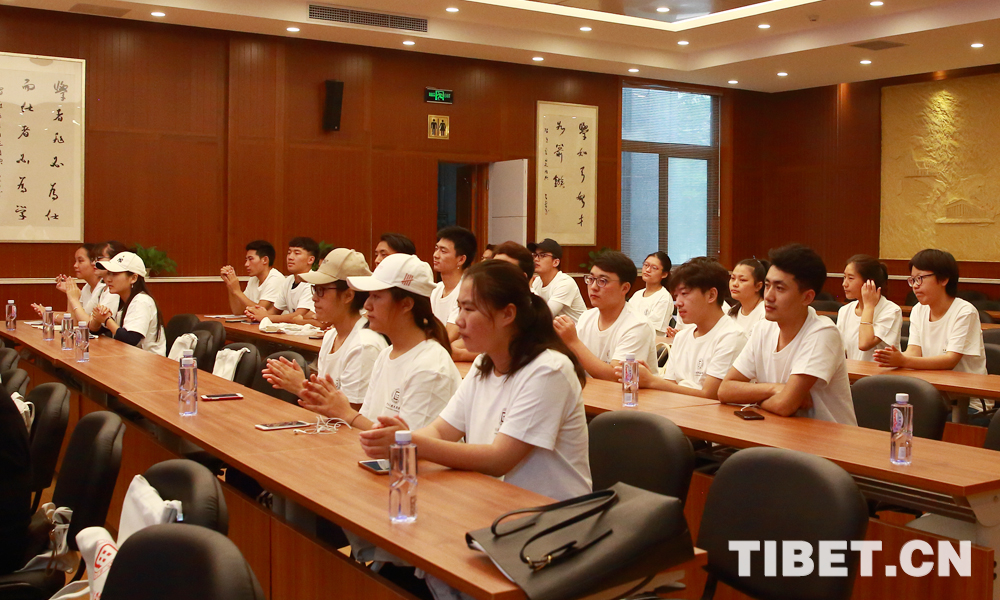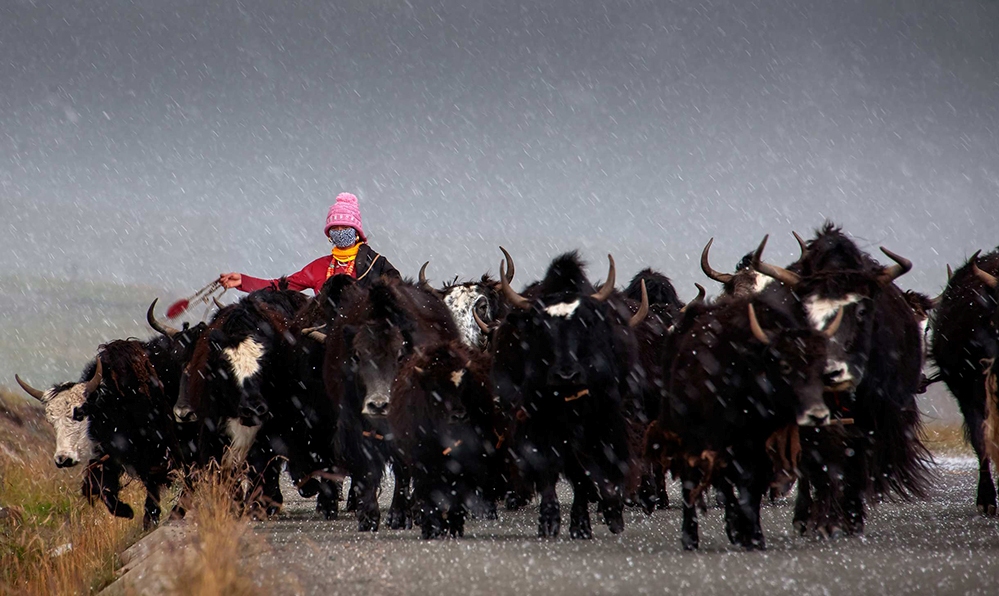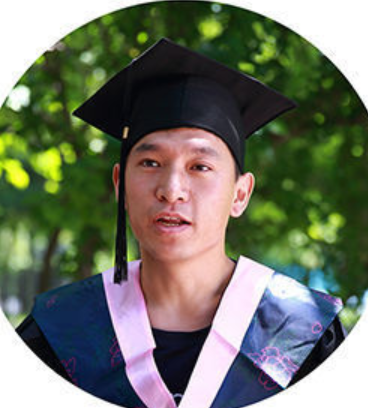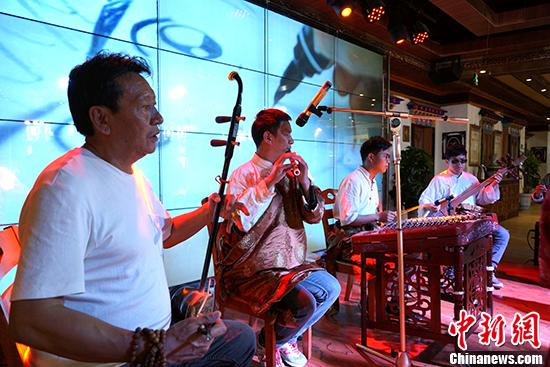Rare Chinese artworks donated to Hong Kong museum to promote traditional culture
Over 350 Chinese paintings and calligraphy works collected by a philanthropist were donated to the Hong Kong Museum of Art on Thursday, with a hope of further promoting traditional Chinese culture in the Hong Kong Special Administrative Region (HKSAR).
The collection, mainly dating back to the Ming and Qing dynasties and highly regarded by scholars and art circles around the world, was donated by Chih Lo Lou Art Promotion, an organization founded by late philanthropist Ho Iu-kwong and now run by his family.
At a donation ceremony held Thursday afternoon, Ho Sai-chu, son of Ho Iu-kwong and chairman of Chih Lo Lou Art Promotion, said his family hoped the donation would help promote education on traditional Chinese culture and history in Hong Kong and enhance people's identification with the nation.
The Hong Kong Museum of Art Curator Szeto Yuen-kit said the collection was "very rare" because Ho "collected with a very clear and very special criteria, that the paintings should (be) imbued with a kind of very Chinese high spirit, say, integrity, or virtue."
The collection will be permanently displayed in a dedicated gallery named the "Chih Lo Lou Gallery of Chinese Painting & Calligraphy" after the museum finishes its renovation and reopens in 2019.
HKSAR Chief Executive Carrie Lam attended the ceremony and commended the selfless and passionate dedication of Ho to preserve Chinese cultural heritage.
She stressed that the donation would enhance the status of the Hong Kong Museum of Art in the world, as well as Hong Kong's position as "a cultural metropolis where China meets the West."
Your Comment
Name E-mailRelated News
-
-
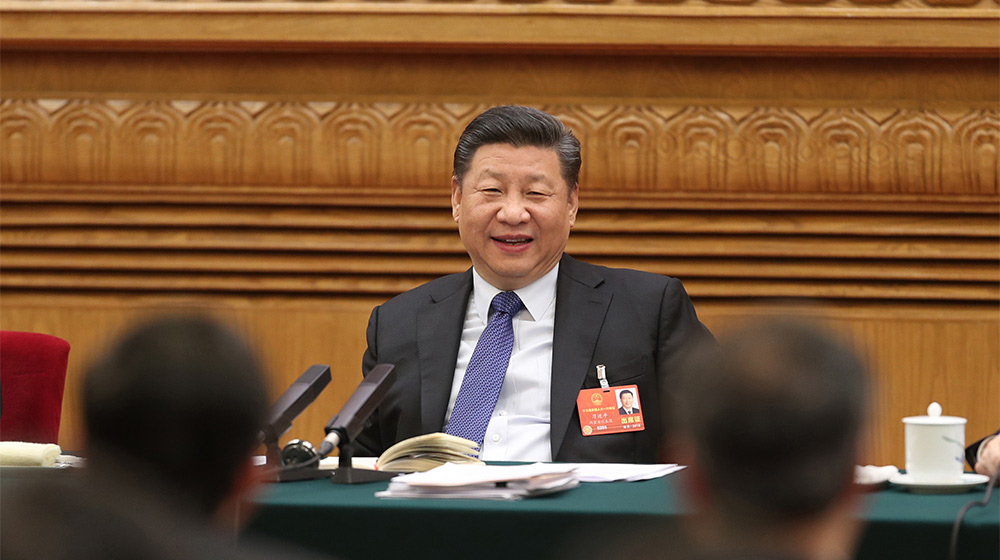
-
Xi supports HKSAR to contribute to national sci-tech development
President Xi Jinping has called for enhanced cooperation in science and technology between the Hong Kong Special Administrative Region (HKSAR) and the mainland.
-
-
-
Guangdong, HK, Macao students take up internships at Palace Museum
A total of 48 students from Guangdong, Hong Kong and Macao started internships at the Palace Museum, also known as the Forbidden City, in Beijing, Tuesday.


